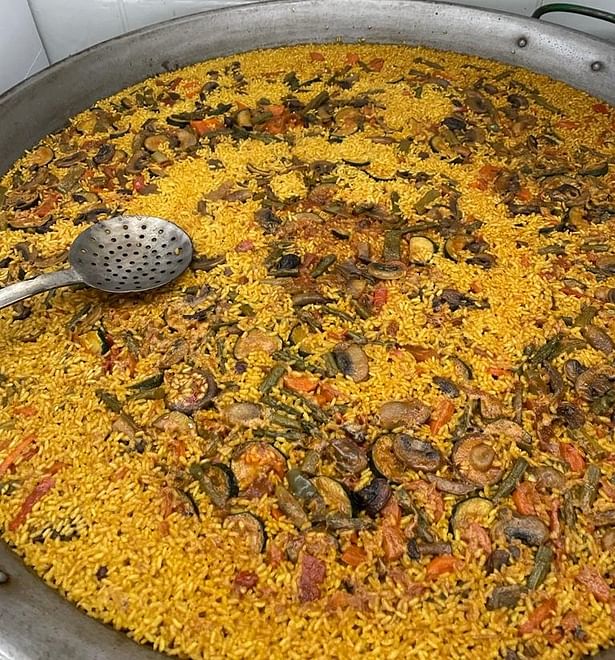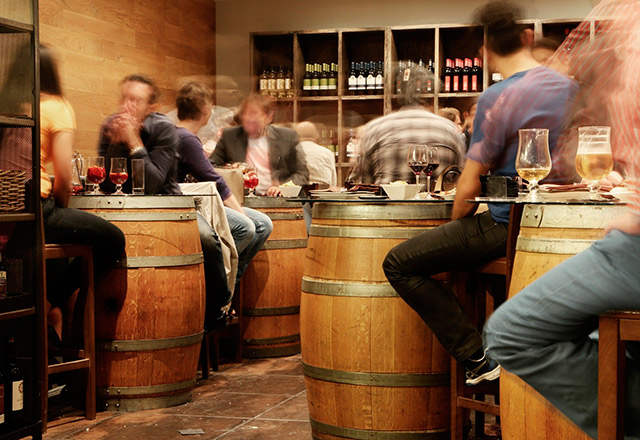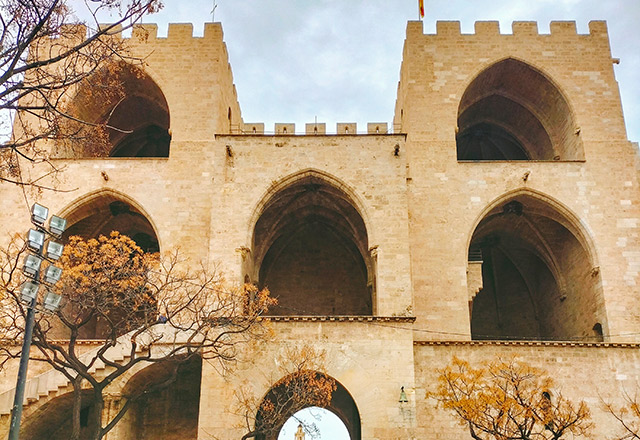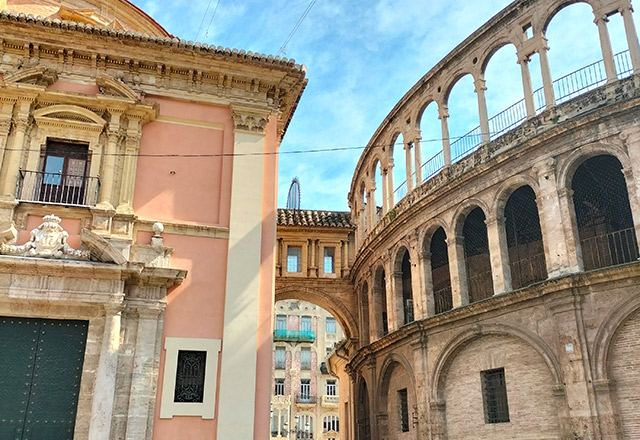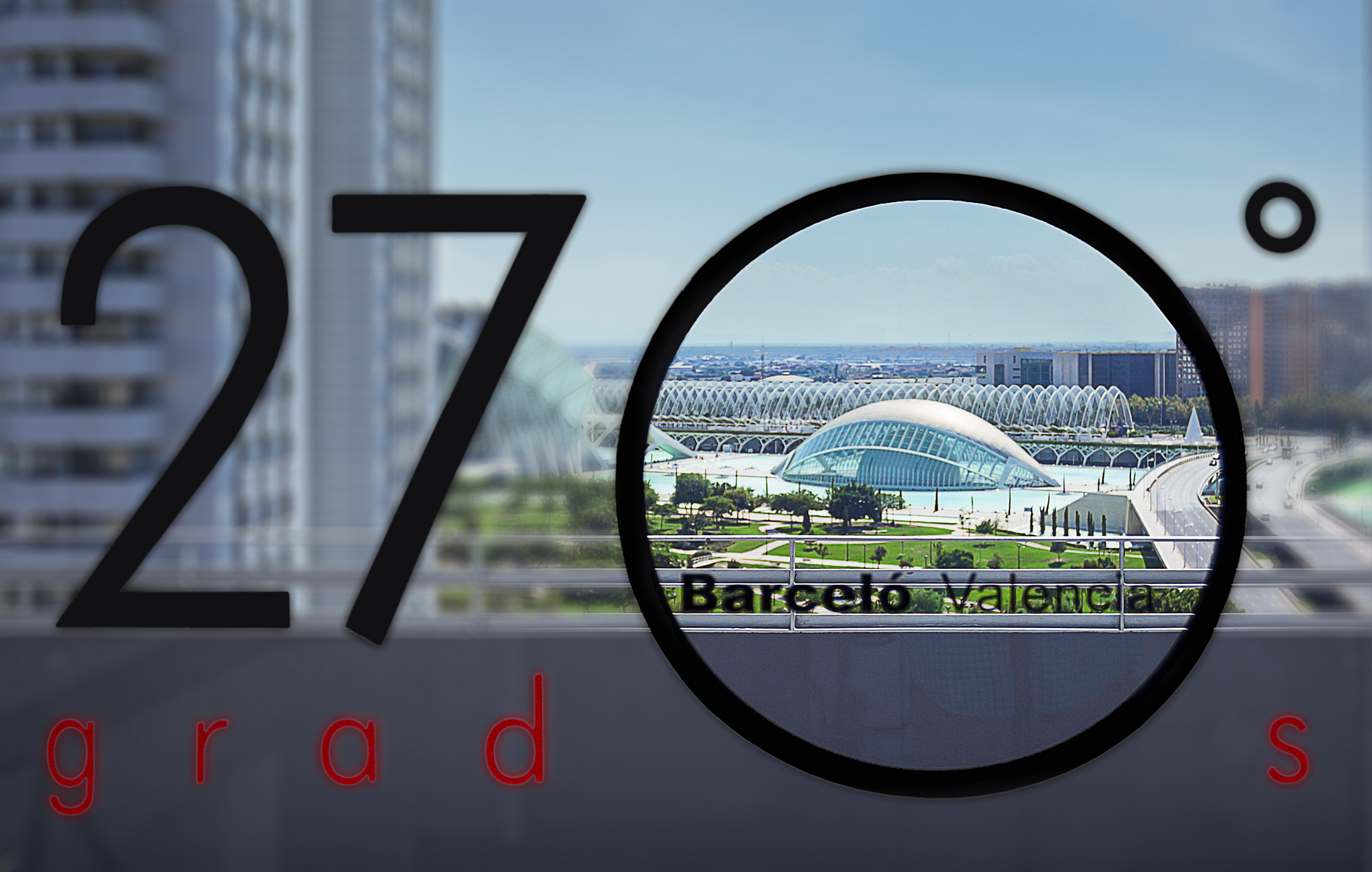A visit to the Falles Museum [Museu Faller in Valencian] is an essential component of understanding the significance that the Falles [Fallas in Spanish] have for the city of Valencia. Recognised by UNESCO in 2016 as Intangible Cultural Heritage of Humanity, each year this festival attracts thousands of visitors ready to enjoy the rich folklore that surrounds St. Joseph’s Day—celebrated on 19 March. For several days the streets are filled with over 800 installations made of wood, papier mâché and other materials which depict everyday scenes, fantasies, parodies of current affairs and amusing satirical tableaux. The figures that appear in these Falles monuments are called ninots and each year one of them is chosen to be saved from destruction, because the fate of these incredible constructions is to be burned.
The Falles Museum’s pardoned ninots
The collection of ninots on display in the Falles Museum is made up of the figures that have been pardoned over the years, going all the way back to 1934. The procedure they go through before reaching the museum is as follows: each committee selects a ninot that is displayed in a joint exhibition open to the public from early February until the day of the plantà—the name given to the time when the figure is returned to the tableau to which it belongs. The ninot that receives the most votes from the visitors to the exhibition will not be burned with the rest and will be preserved in the Falles Museum. The same procedure is followed with the children’s falles and the ninots from them also are displayed in the exhibition.
So, at the Falles Museum you can take a walk back through history enjoying the individual figures or small groups of ninots that were saved from the flames. To do so, you will need to go to the former convent of the Casa Misión de San Vicente de Paúl where the museum has been housed since 1971. The collection consists of both traditional and children’s ninots, the oldest of which date back to 1934, as well as the posters announcing the finalists and winners of the Falles. Also on display are portraits of all the falleras mayores [queens of the Falles] since 1995, and the historic insignias of the city’s Falles committees.
The increasing monumentality of the Falles tableaux is what led to the festival being given a competitive nature and to one of the figures officially being ‘saved from the flames’ from 1934 onwards. This is why there are no ninots from earlier years on display in the Museum.
The evolution of the ninots
Over the years, the ninots have evolved in both their design and the materials used to make them and this can be seen at the Falles Museum. In the 1930s and 1940s they were usually made out of wax, wood and fabric and generally depicted traditional scenes. By the end of the 1940s references to popular personalities and film actors began to appear. A decade later, in the 1950s, the figures in the tableaux began to be interrelated. The themes tended to be social in nature at a time when people’s needs were pressing. Although in the 1960s and 1970s criticism and humour predominated, there was not yet any significant political undertone. The next two decades, the 1980s and 1990s, were marked by tableaux representing occupations, scenes that were family-oriented or had a touch of humour.
The children’s ninots are not made by children, they are judged by a children’s committee. This means they tend to focus on characters that are familiar to children at the time. The first of these figures was saved in 1963. Over the years the tableaux have depicted characters from children’s stories, television series and films, as well as other more local themes that allude to fantasy or mythological beings.
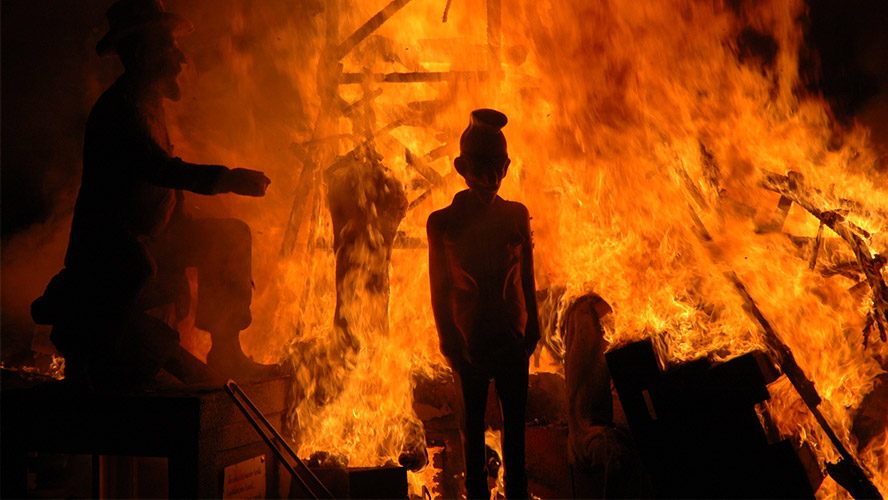
Falles insignias and posters
In addition to the characters and groups of ninots, also on display at the Falles Museum is an extensive collection of Falles insignias, which are the iconographic and heraldic expression that the Falles committees wish to convey. These groups or committees, which are usually arranged by neighbourhood, organise everything to do with their falla and pass on their values to the new generations. After the cremà when the falles are burned, the committees are dissolved and new ones set up to take charge for the following year. During this time, each ‘member’ pays a monthly fee that entitles them to participate in the events that take place at the Casal Faller –the venue where the committee meets.
Another essential emblematic figure, that of the fallera mayor—or Queen of the Falles—came into being in 1931 and it is the most powerful feminine symbol in these festivities. They take part in certain rituals throughout the year, according to tradition, and their portraits hang in the Falles Museum.
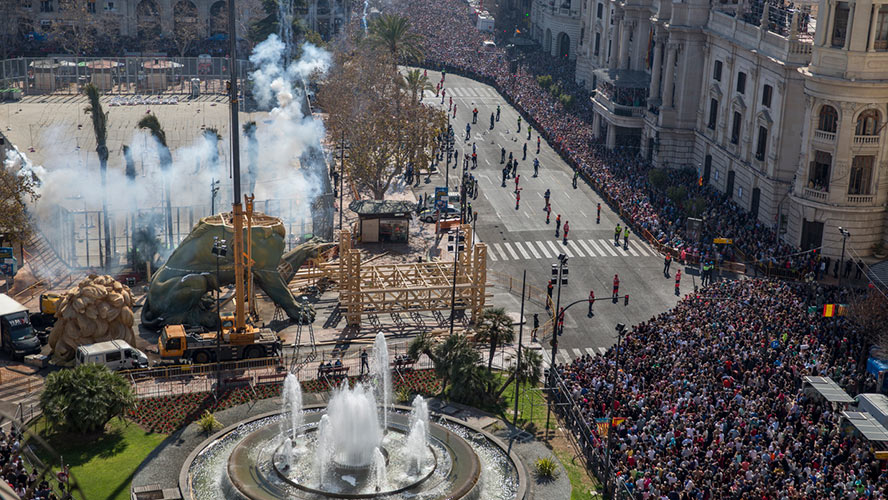
A festival protected by UNESCO
The protection that the Falles Festivity has received from UNESCO gives support to Valencia’s cultural revindication and justifies the existence of the Falles Museum. Although seen by many tourists merely as a source of entertainment and fun, there are many elements to this festival that one needs to be aware of in order to appreciate it properly. Fireworks, whose origins date back to Muslim times, are one of these elements. Firework displays such as the mascletà play an important part in the programme of events. Traditional music is also another indispensable part of the festival, as are arts and crafts. The people who make the falles—the artistas falleros—need to know a little of everything, architecture, painting, sculpture, decoration, etc. to give form to an ephemeral installation that will be burned on Saint Joseph’s Day. Although in times gone by absolutely everything was made by hand, nowadays with the help of technology it is possible to achieve absolute perfection.
The participation of artisans in the building of these huge installations means that a wide variety of crafts are kept alive and knowledge of them is passed on to the new generations.





































































